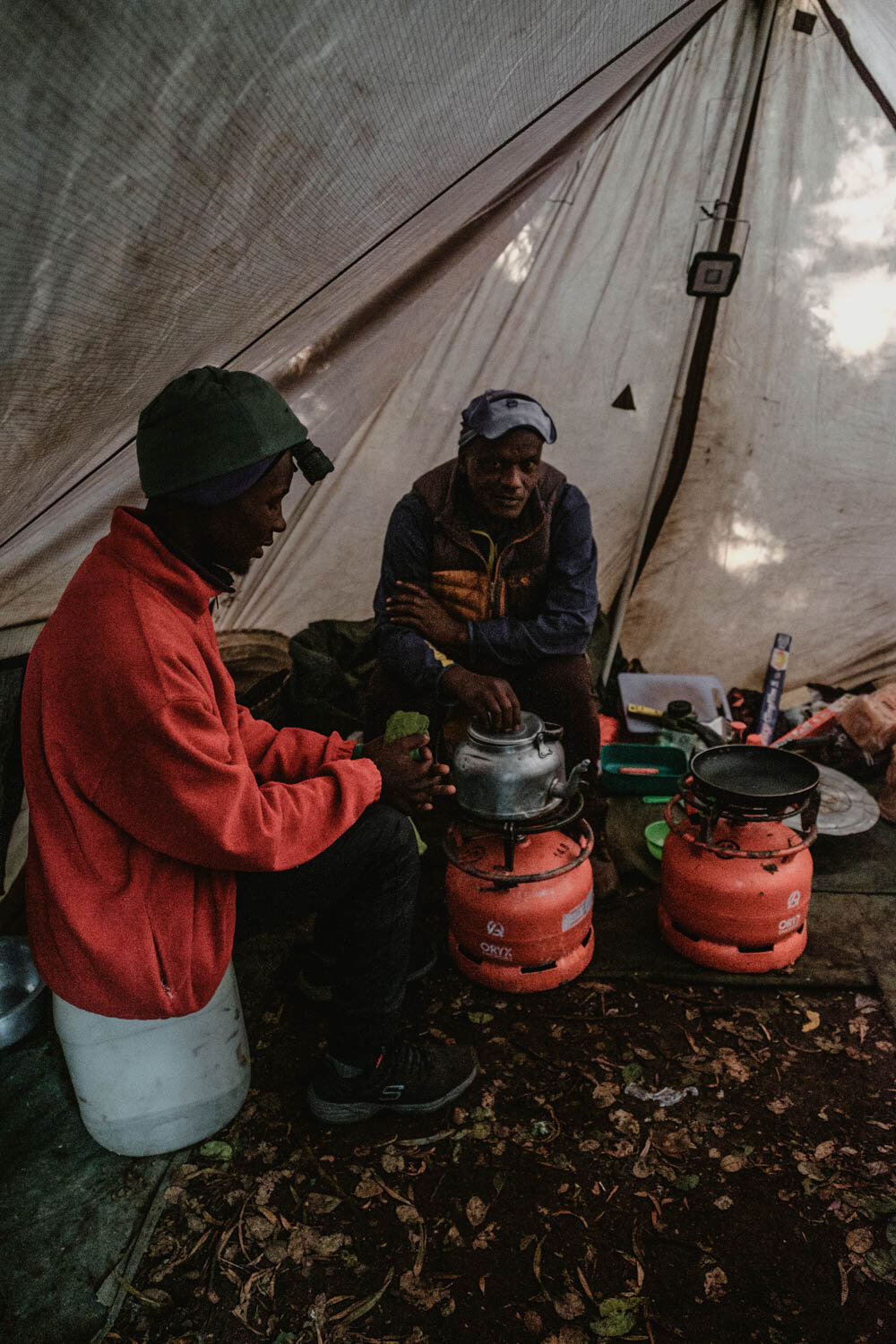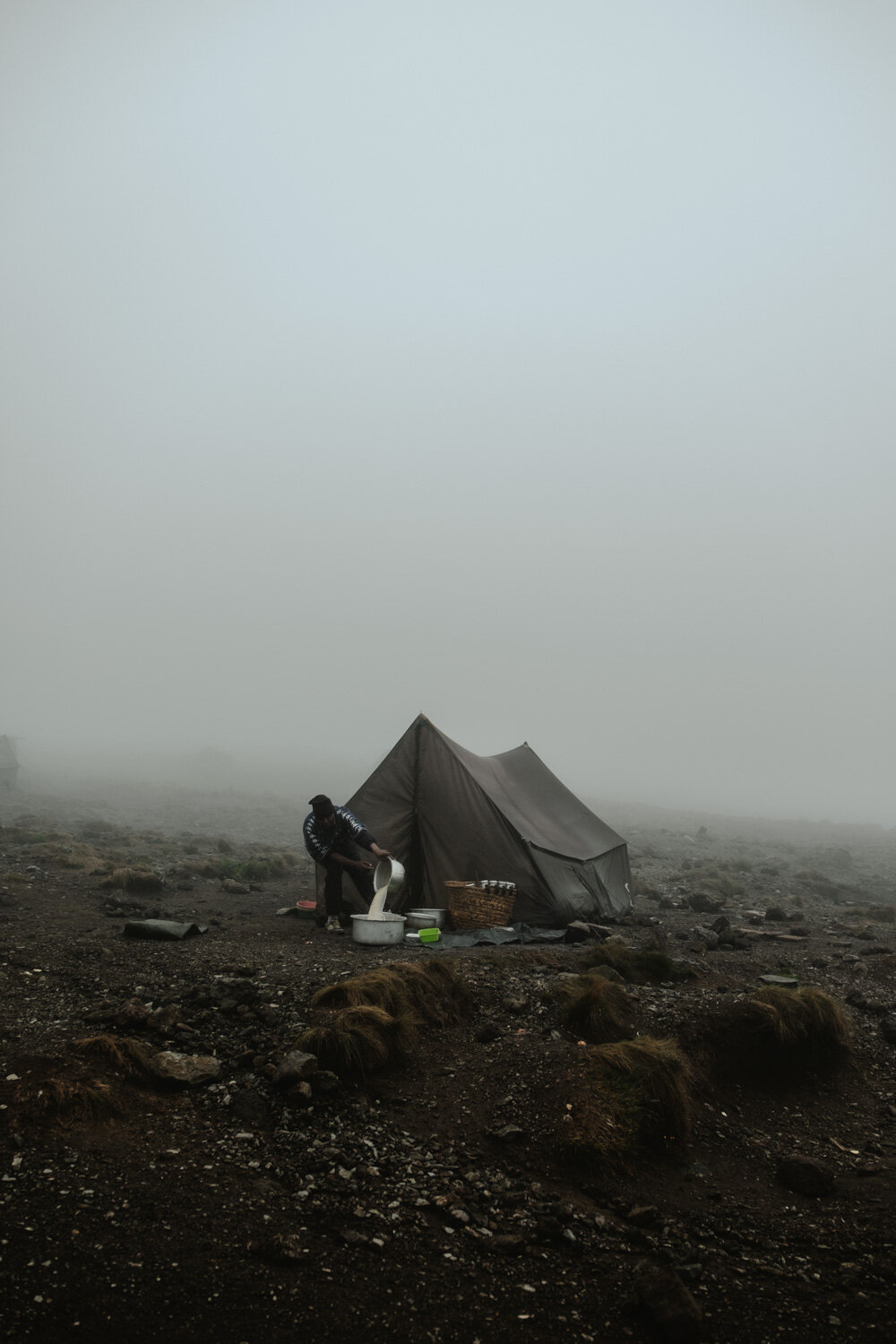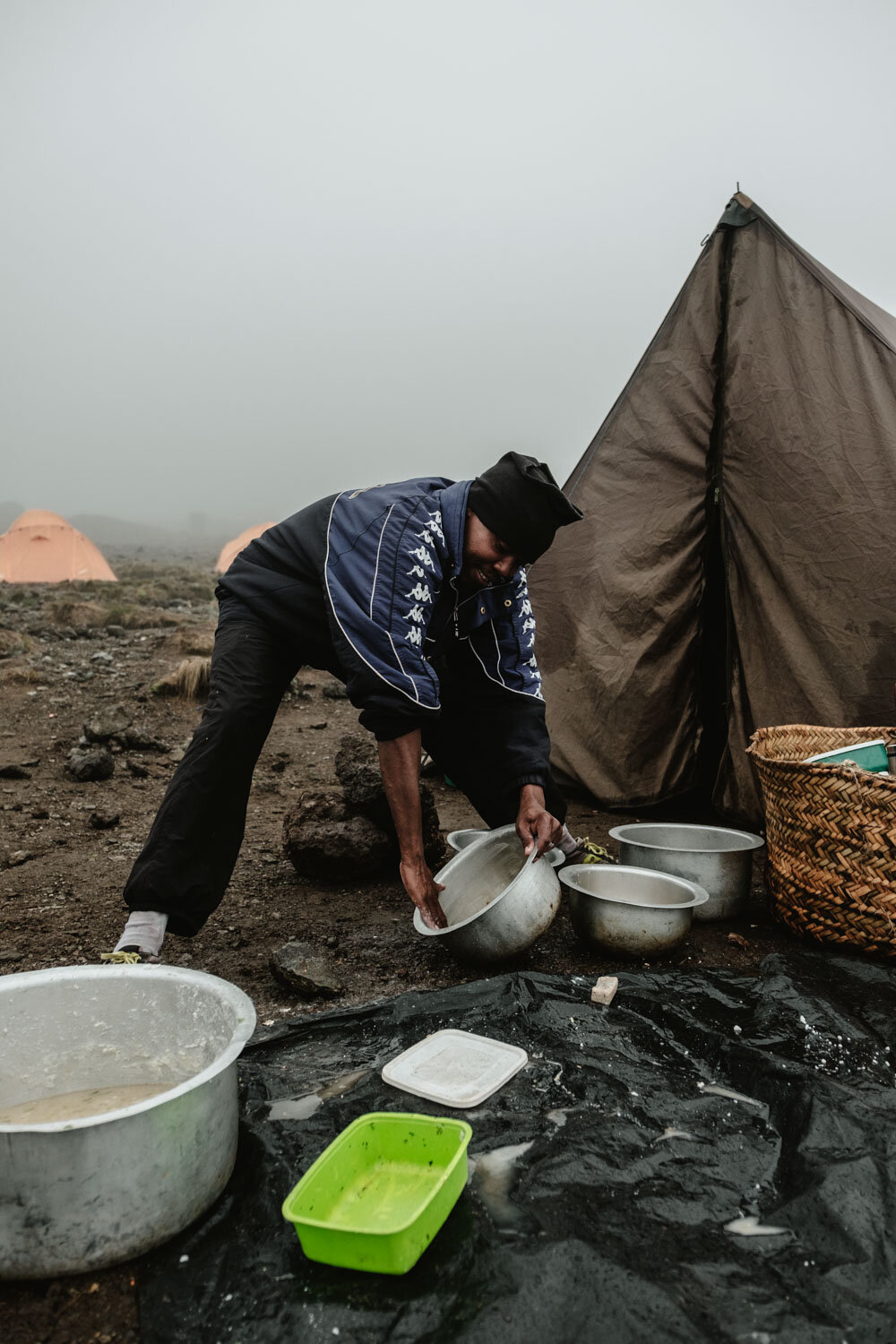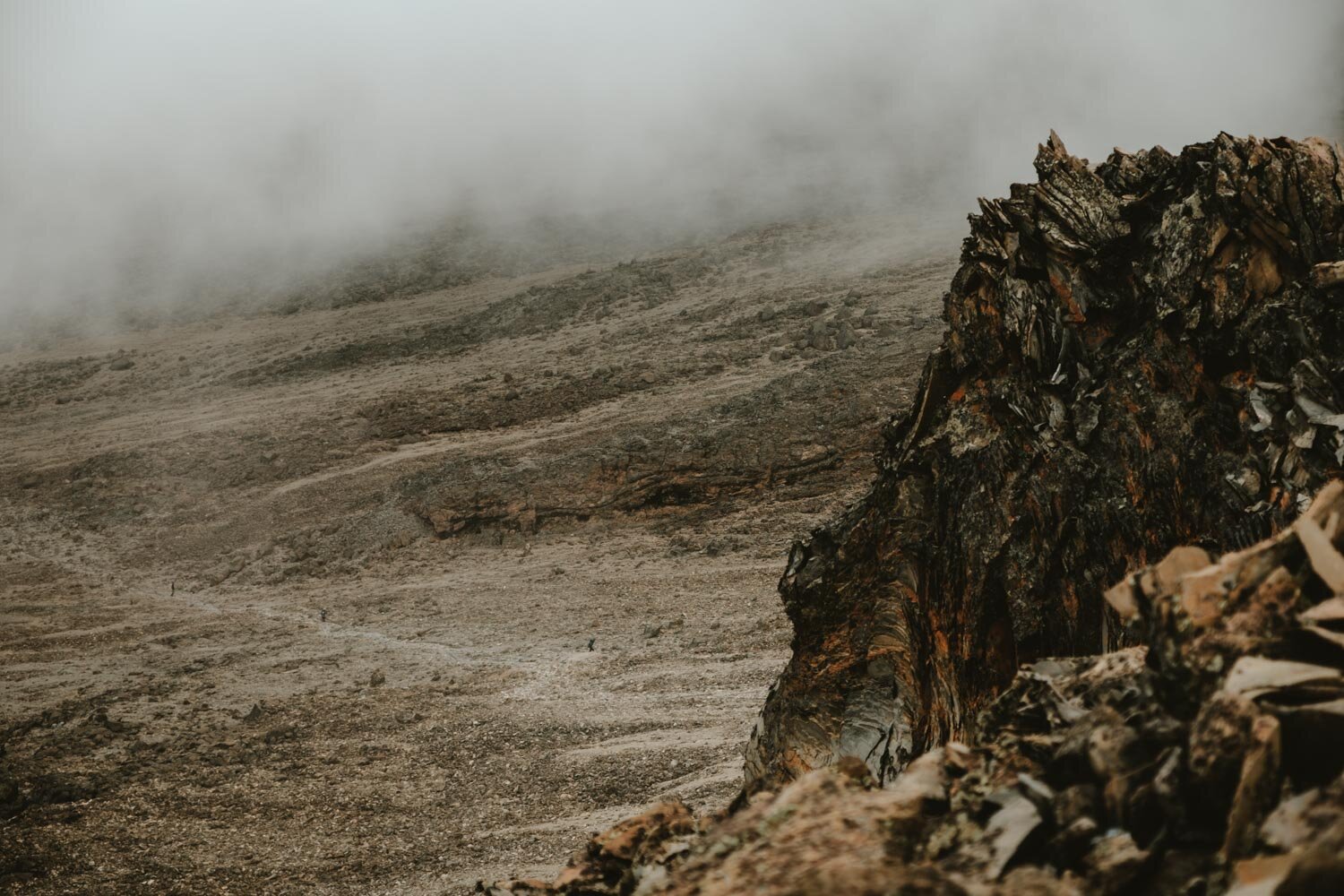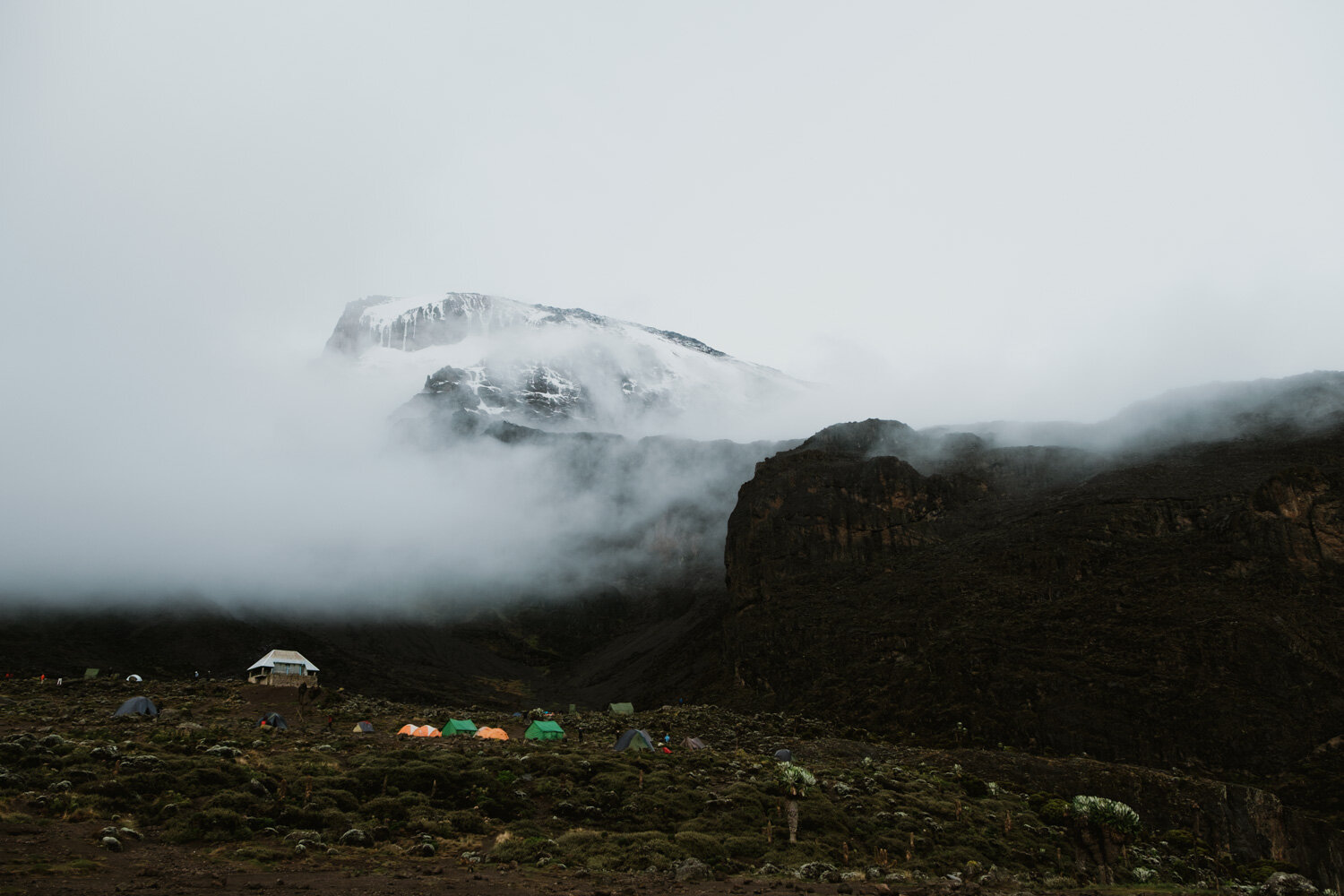The unsung heroes of Kilimanjaro
Photo Essay
Mt. kilimanjaro, tanzania
Every year, over 30,000 people attempt to summit Mt. Kilimanjaro. Two thirds of them are successful. They leave with smiling pictures and certificates. But they owe the success of their expeditions to the ones who do most of the hard work. The porters of Kilimanjaro climb these routes several dozen times over every year, carrying everything but the kitchen sink. Well, that’s only half true, because they even carry giant basins for the mess tent. To preserve the mountain and to create jobs, hikers are required to use a local outfitter to organize their climb. An average group of five climbers is outfitted with about twenty men – guides, porters, cooks, cleaners. While this may seem rather excessive, the local economy depends on it. Porters work the routes for years, carrying an unholy amount of weight on their backs, before they qualify to become guides. Guides are top of the pecking order and have most of their things carried by porters too. It’s a fascinating ecosystem of man and mountain. The Kilimanjaro Porters Assistance Project (KPAP) protects the health, safety and rights of the workers, so if you ever go, make sure you use a KPAP registered outfitter, and tip well.



